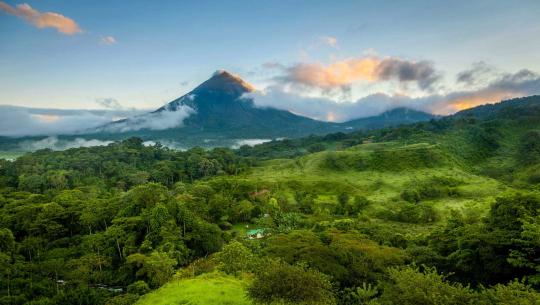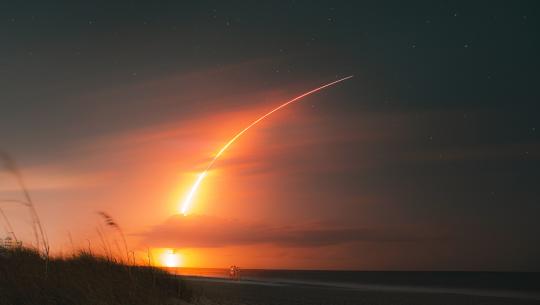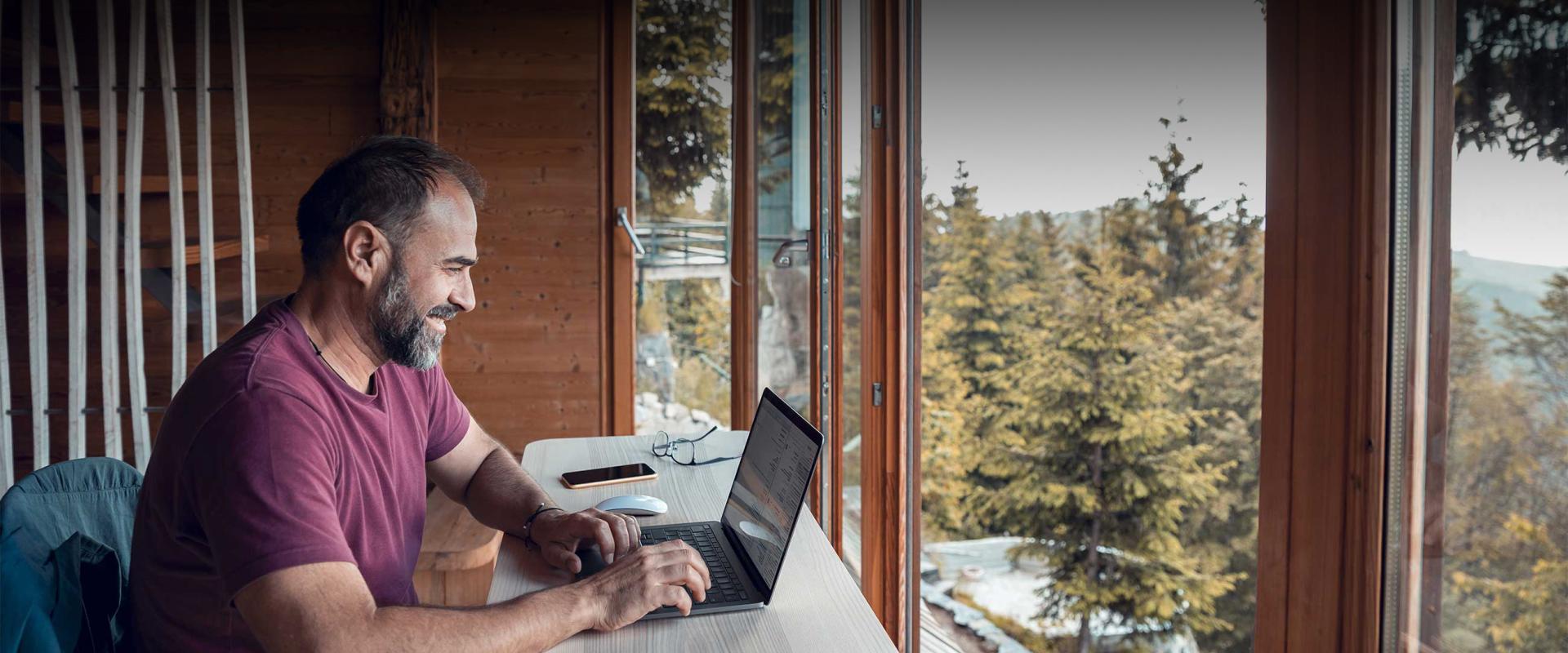
Business Insights
Learn about the topics and stories that affect us all. Hear from our partners and industry leaders, including members of our own team, to gain a global satellite perspective.
Expertise

Network Resilience
The stakes are high in a connection-critical world. Discover how Satellite has become a backbone of our always-on era.
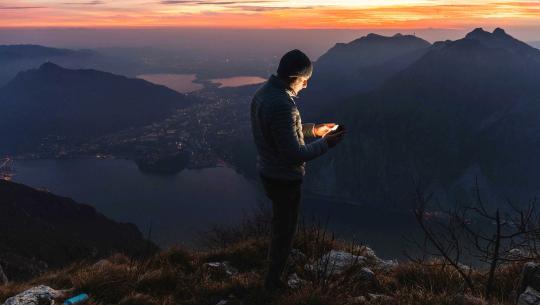
Digital Transformation
Data is king and companies everywhere are in a race to digitalise. Do you have the right network to get them to the finish line?
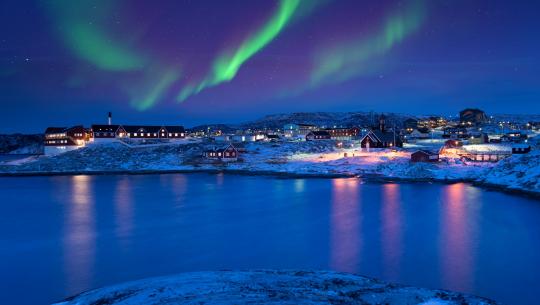
5G in the Sky
Our powerful combination of GEO and MEO constellations creates a fast and cost-effective 5G journey for all.
Expertise

Measuring Audience Reach
Since 1994, Satellite Monitor has measured household reach and how viewers worldwide consume content.

Reach and retain
Viewers want to watch the content of their choice in the best possible quality on any device, but they don’t care how it gets there.
expertise
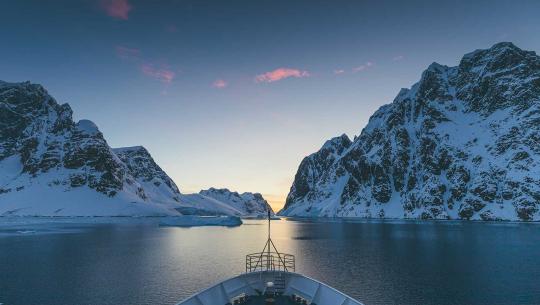
The Magnitude of Purpose
Our work begins in space but, through the partnerships with our customers, it ends with millions of individuals making a meaningful difference on the ground.

Supporting Broadcast's Transition to IP
Learn how satellite providers are innovating to make it easier and cheaper to deliver high-quality content to any device, anywhere, at any time.
